Caring for this representative of the flora usually does not cause much trouble, but transplantation should be given special attention. It is important to know how to properly transplant a cactus into another pot in a room, because mistakes will entail a violation of its normal growth and development, and in some cases even death.
It is necessary to choose the right moment for transplanting, the optimal capacity and soil mixture, prepare the plant for the procedure itself and take into account its features during work, while not forgetting about your own safety. Also, the plant needs to create conditions after transplantation so that it comfortably tolerates stress.
Content
When you need to transplant a cactus
Compared to deciduous crops cacti grow slower, and therefore need less transplantation. Young fast-growing plants (for example, mammillaria) can be transferred to larger pots every year, adults - after 2-3 years. In some cases, the time interval between transplants is 5-6 years. It depends not only on the type of cactus, its growth rate, but also on the quality of the soil. You must always consider the specific situation.
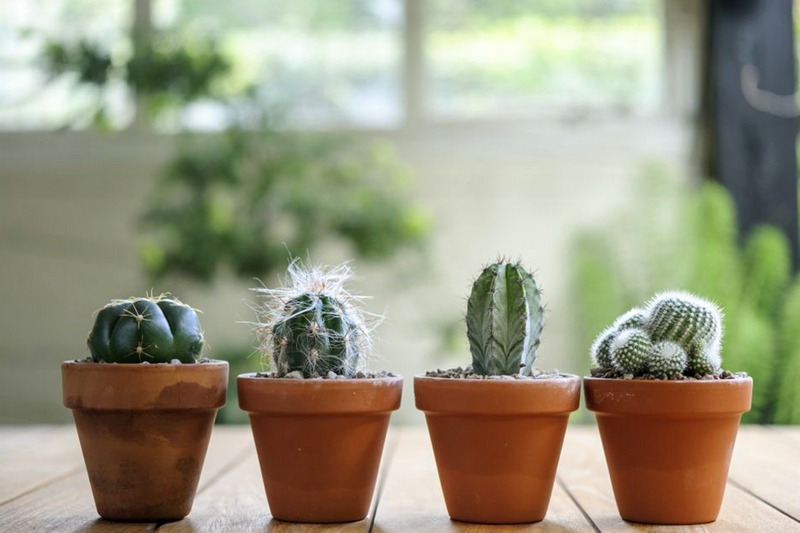
In this case, a typical increase continues. This means that a pet with a good root system can calmly begin to grow the stem part, thorns, and the formation of flowers and fruits. In a larger pot, the cactus will have to develop a set of roots again in order to master the entire substrate. In the meantime, flowering will be delayed. Therefore, there is no need to rush with this procedure. It is not recommended to transplant the cactus during the flowering phase.
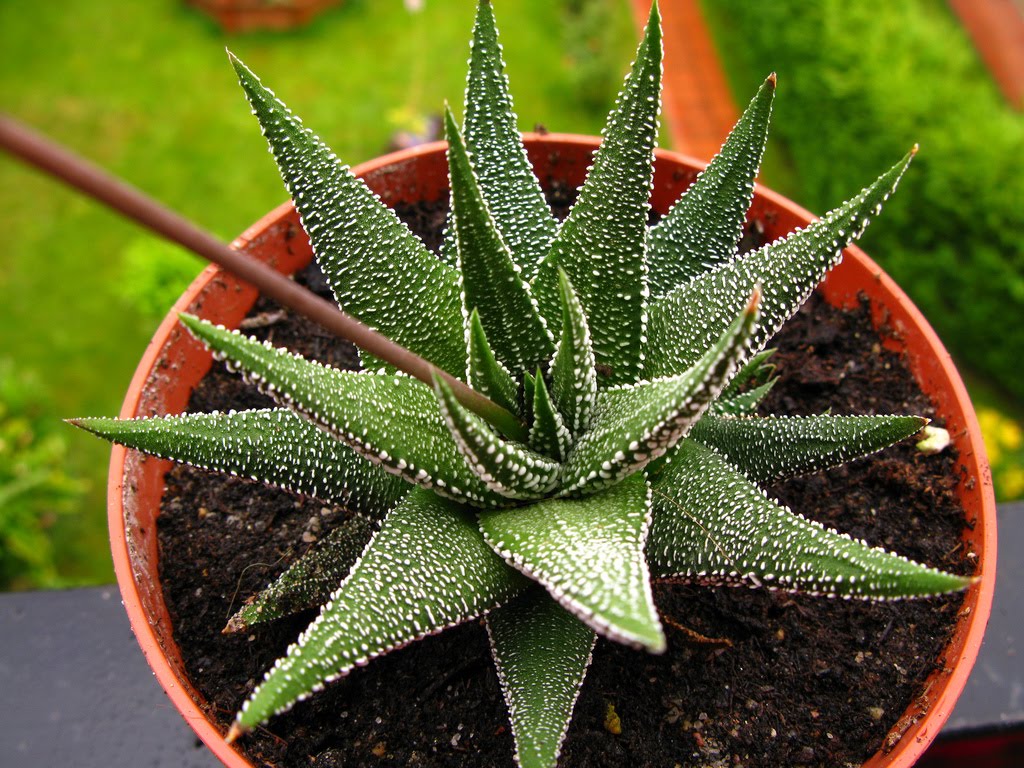 You may be interested in:
You may be interested in:The signal for transplantation is both filling the pot with roots, and a wrinkled appearance of the plant, growth retardation, loss of elasticity and characteristic color by the epidermis. Spiky (and not so) plants require capacity and substrate updates after purchase.
Picking pot and soil mixes
The cactus pot should have drainage holes and be 3 cm wider than the container in which the plant arrived from the store. In certain cases, do not take a more voluminous capacity. It retains a greater amount of moisture, and varieties susceptible to rot (ariocarpus, aztecium, astrophytum, oregonium, and some others) may die as a result.
You should familiarize yourself with the characteristics of the grown cactus. For example, if in natural conditions it grows in a space limited to the roots, then in this case it needs a compact pot. Instances with developed rhizomes need deep pots, and owners of the fibrous root system need wide ones.
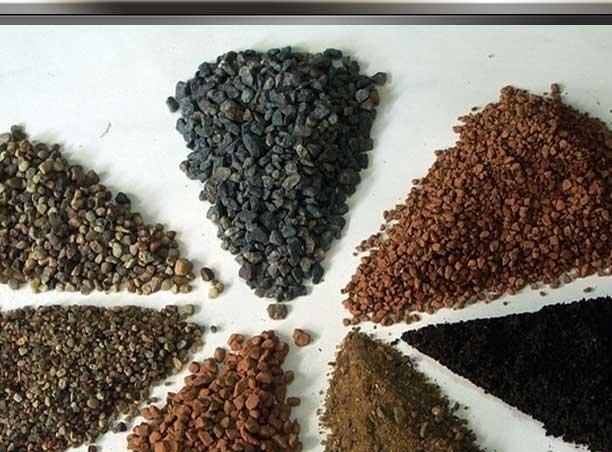
Earthenware is well suited, and unglazed. Clay porosity allows excessive moisture to evaporate through the walls of the vessel, while the roots are saturated with oxygen. The weight of the material lends stability to a large cactus product.
Plastic pots are more suitable for small cacti. It is worth considering that such dishes retain moisture for a longer time, a fungal infection can develop. Therefore, waterlogging should be avoided. Also, under the influence of solar radiation, plastic (especially low-quality) becomes brittle and brittle. But on the other hand, calcareous deposits accumulate in it less.
The soil of the purchased plant must be replaced. The composition of the soil mixture depends on various factors (type of cactus, its age, etc.). It is important that it is loose, water- and breathable. The acidity level is 4.5-6 pH.
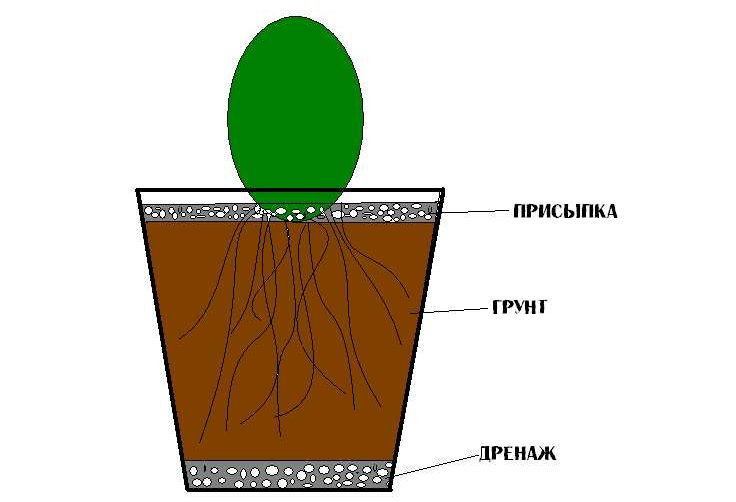
It is advisable to purchase special soil for cacti or universal soil (but mix it in equal proportion with coarse sand). At home, you can independently prepare the soil mixture (components are shown in the table).
| Substrate component | The properties |
|---|---|
| Sheet earth | Loose and light, absorbs moisture well, contains many nutrients |
| Clay-soddy soil | Holds moisture and nutrients well |
| Old greenhouse soil | It is an alternative for leaf and clay-soddy soil |
| Well rotted manure | It is used in very small quantities for giant cacti when it is necessary to enrich the soil with nutrient components. |
| Coarse river sand | A mandatory component of any substrate for this category of plants, provides friability |
| Zeolite granules | Contained in cat litter, increase porosity and friability of the substrate, promote moisture absorption and quick drying of the soil |
| Charcoal Hardwood | It disinfects the root system, inhibits the reproduction of putrefactive bacteria, is a good drainage (absorbs excess moisture and the share of mineral salts) |
| Brick chips | Helps retain moisture by increasing porosity and friability of the soil mixture |
| Lime | Lowers acidity |
| Peat | Increases acidity |
How to transplant a cactus into another pot at home
All operations with the plant must be done carefully so as not to prick.
Cactus preparation
The soil should dry well before transplanting. Watering must be stopped 3 days before the procedure for removal from the flower container.
Preparing for a transplant, remove the topsoil, turn the pot over, holding your hand protected from cactus needles. Then, tapping the bottom of the pot on the table, knock out an earthen ball with contents. It is not necessary to pull everything out by force, otherwise the delicate roots, which usually cling to the walls, will be damaged.
Root cleaning
It is necessary to get rid of old soil, especially if it is store-bought. To do this, often enough to gently shake the plant. If the soil mixture is very dense, then you should place it in warm water, rinse carefully and dry for 10 hours. To prevent cactus caking, suspend it.
Then it is necessary to examine the transplanted specimen (especially its root neck), cut off all damaged, dried and decayed roots with a clean tool, and treat the cut sites with sulfur powder and dry.
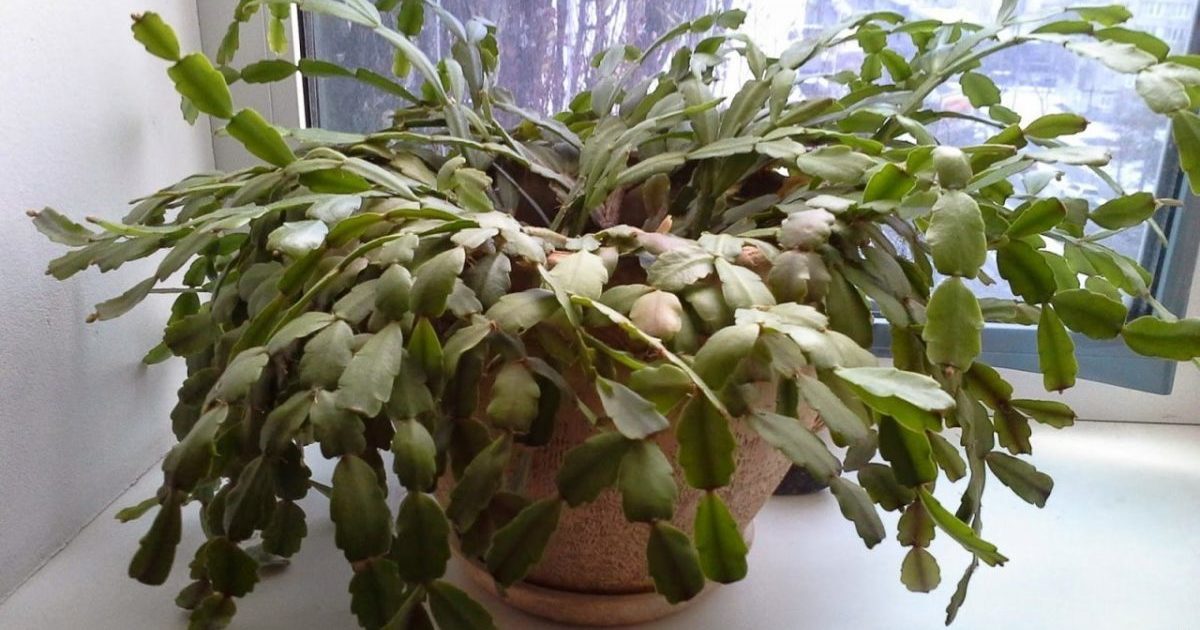 You may be interested in:
You may be interested in:Features of transplanting different types
Cactus transplantation should be carried out taking into account the characteristics of the genus and type of cacti. Each member of the family needs a special substrate with a different structure.Tall mountain cereus will need additives containing crushed marble or granite. Mammillaria grow well in the soil with the addition of leafy earth, and desert prickly pears prefer an abundance of coarse river sand.
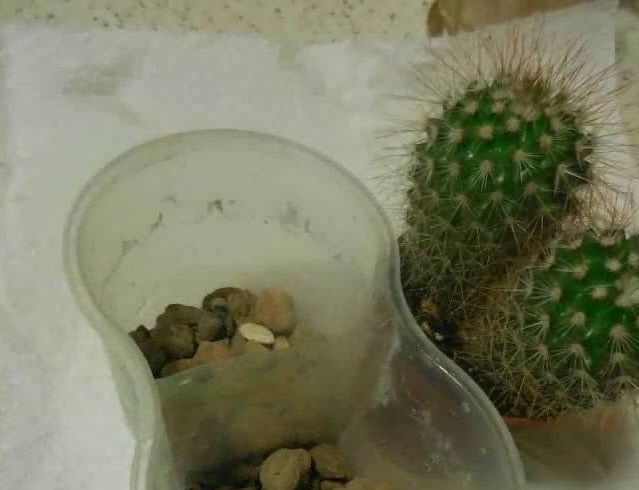
It is advisable to mix brick crumb into the substrate without requiring a large amount of moisture. Cacti with thick white pubescence safely develop in the ground with the addition of powdered eggshell and a small amount of lime. For plants with a root-like root system, a component such as clay is suitable.
After the roots of the plant are processed, you can proceed to the transplant itself. At the bottom of a new pot, lay a drainage layer (about 2 cm), pour the prepared soil mixture with a small ball and put a cactus container in the middle. Fill the roots with soil, lightly tamp. The plant must be watered abundantly.
What to do in order not to prick
Manipulations with cacti require special care, since there is always a chance of an injection. The prickle can remain under the skin, like a splinter. Therefore, you need to protect your hands.
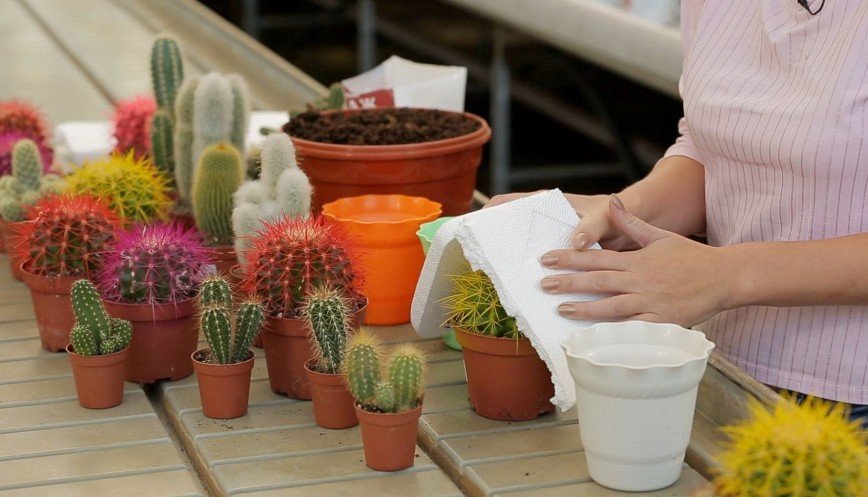
You can use special forceps.
Further care for transplanted cactus
After the transplant procedure, the cactus roots must certainly dry out and harden, so watering must be delayed. Within one week should not be watered on relatively hygrophilous members of the family (such as cereus, gilocereus, trichocereus, etc.). For more moisture-sensitive cacti, watering should be postponed for 2-3 weeks. For the same period, wet procedures should be abandoned if the plant had signs of illness and lost a significant amount of roots during transplantation.
So that the plant does not have dehydration, it can be covered with a plastic wrap for some time. This will increase the humidity.

When resuming watering, it is important not to direct the stream to the root neck, there should not be much water. It is recommended to warm the water to 50 ° C. Transplanted plants can not be immediately placed in direct sunlight. For several days in a partially shaded place they will better tolerate the stress associated with changing the ground. Large specimens will need support (until the root system hardens well in the substrate).
If during a transplant on the roots the signs of any diseases and pests were found and eliminated, then this specimen should be temporarily isolated from others.
Common Growing Questions
- pull it out with tweezers or a sewing needle and pour it with peroxide. Do not squeeze the skin, otherwise the thorn will penetrate deeper;
- apply a bandage with ichthyol ointment or Vishnevsky ointment for the night, and then easily get a thorn;
- remove the splinter with glued adhesive tape.
A competent transplant of cacti will be the key to their health and beauty. There are a lot of representatives of the family, they are all different and require appropriate approaches. But even in indoor conditions it is possible to transplant these exotic plants without problems (including without injections).




 Sow in the ground, without seedlings: 10 beautiful and unpretentious flowers
Sow in the ground, without seedlings: 10 beautiful and unpretentious flowers Platicodon planting and outdoor care
Platicodon planting and outdoor care Hosta - planting and care in the open ground in the Urals
Hosta - planting and care in the open ground in the Urals Oleander - care and growing at home
Oleander - care and growing at home